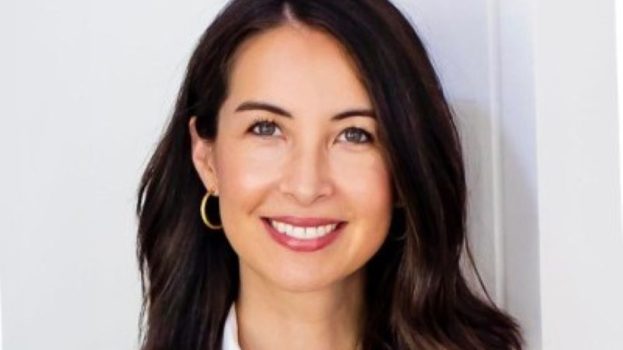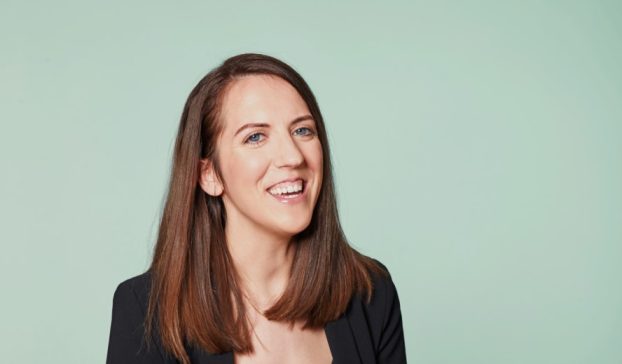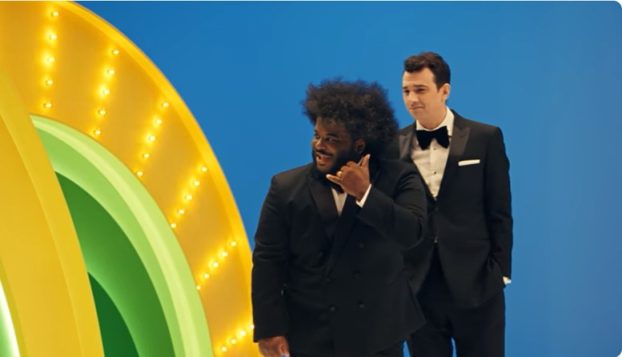Today at strategy’s Marketing Evolution: C-Suite Summit (MES), Saisangeeth Daswan, head of advisory for fashion, beauty & the Asia-Pacific region at trend forecasting company Stylus, explored the macro trends that are poised to transform the world come 2035.
In her talk, Daswan covered six areas of change – luxury, fast consumption, sustainability, inclusivity, digital worlds and wellness – offering a glimpse into tomorrow’s consumer, as well as the emerging challenges and opportunities for brands.
By 2035, the world will look rather different. Gen Z will have surpassed millennials as the largest demographic in the U.S. and the number of Centenarians (those aged 100 years or older) will have tripled to approximately 1.5 million people globally. Many boomers will continue to work into old age – 85% of U.S. boomers say they plan to work into their 70s – while millennials (now in the 40s and 50s) will have more money at their disposal to “enact their purpose-driven values,” according to Daswan. Economic power will shift as China’s 400 million millennials begin to out-earn those in the U.S.
“The world as we know will be much older on balance,” said Daswan. “But it’s today’s youth cohort, Gen Z, that will really be reshaping what culture will look in the future.”
In the future, trust will become even more important, as brands begin to bring consumers into their worlds more easily and products become more sophisticated, adjusting to personality, moods and more contextual cues. KIA’s conceptual autonomous vehicle, unveiled earlier this year, personalizes the driver’s space in real-time by controlling light, sound, cabin temperature and scent by analyzing the individual’s body signals, such as facial expression and heart beat.
 “Brands will start to pinpoint the emotional needs of consumers,” noted Daswan. “And the fine-tuned personalization that technology brings us will then also advance things like inclusivity so that products can be easily adapted to individual needs.”
“Brands will start to pinpoint the emotional needs of consumers,” noted Daswan. “And the fine-tuned personalization that technology brings us will then also advance things like inclusivity so that products can be easily adapted to individual needs.”
Over the next fifteen years, Stylus expects consumer products will become increasingly “democratized,” as radical inclusivity takes hold. This will be seen in brands that accommodate a wider range of body types, abilities and ages. Robotics and apparel company Unspun, for example, builds custom (“size-free”) jeans that meet the individual needs of the purchaser, creating personalization at scale while also reducing the impact of over production.
Dawsan said consumers will continue to call on brands to be more inclusive of ethic, racial and gender diversity, to be truly reflective of broader demographic shifts. Meanwhile, Gen Z and Gen Alpha (often defined as the children of millennials born after 2010) will continue to normalize a more fluid approach to gender and sexual identity. Today, only 66% of older Gen Zers see themselves as exclusively heterosexual compared to 88% of boomers. According to Stylus, this could lead to the creation of “virtual safe spaces” and avatars through which people can experiment with identity.
Over the next several years, having sustainable practices will grow even more important for brands, both in the fast consumption space (where renting and sharing schemes are poised to break through) and in luxury, as restrictions on non-sustainable materials create demand for synthetic products and vintage plastics become aspirational.
As of June, more than 200 businesses had signed on to the New Plastics Economy Global Commitment, pledging to move towards a circular economy and curtail their use of plastics in favour of reusable and recyclable materials. Some brands, such as British wellness company Haeckels, are even experimenting with biodegradable alternatives that contribute positively to the planet. Haeckel’s “biocontributing” packaging for its scented candles and haircare and skincare sets is made of from mycelium (a material from the root system of mushrooms), sawdust, flax, and hemp husks.
“Sustainability will underpin everything, especially fast consumption,” Daswan said. “Goods will look different as packaging evolves and low-impact consumers forgo outright ownership of all the essentials. We’ll also start to see the youngest consumers creating change as creative problem solvers and really change the status quo; businesses will get more cooperative as well.”
“Adaptive brands that are really attuned to some of these new mindsets and prepared to operate in these new ways will ultimately be the ones to thrive in 2035 and also leading up to 2035.”
























